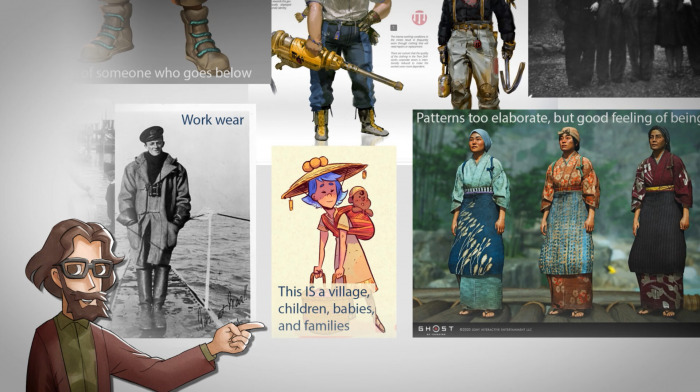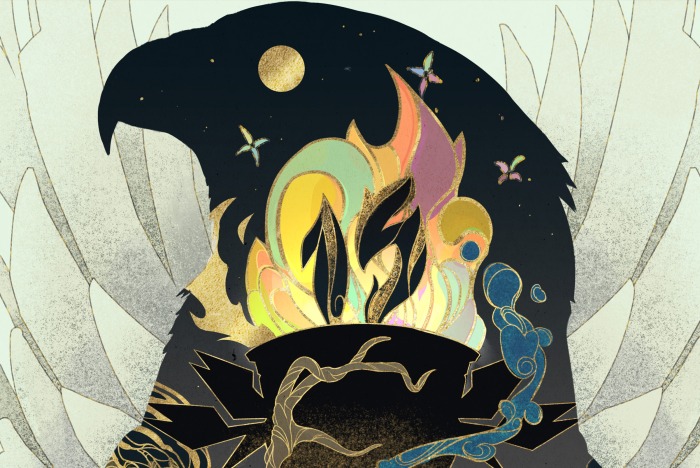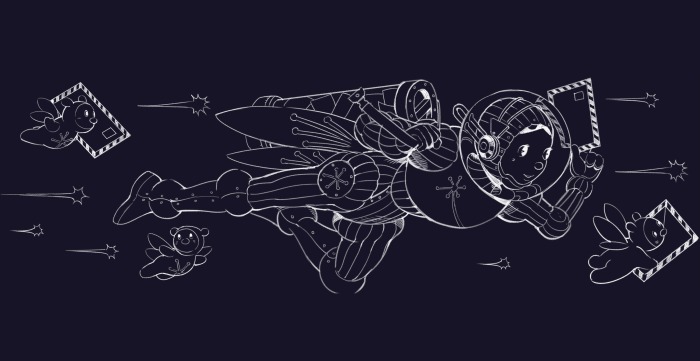Your route to the level of Lead Artist, and then potentially Art Director may be circuitous or direct but, either way, it’s a real step-change in what’s expected during your day-to-day working life.

An Artist’s Journey – Part 4, This is the life (of Leads and Directors)
Drew Whitmore joined the company in 2016 as a Principal Artist and is now an Art Director. Before making the move overseas to Gateshead, Drew had been working as a game developer and already had Atomhawk on his radar. He says:
“My wife and I weren’t planning on moving to England, but I noticed Atomhawk was looking for a Principal/Lead. I was super interested because they made cool artwork for companies I wanted to work with (still in games), but were potentially more stable than a game developer. And they were!”
Charlie Bowater’s career trajectory at Atomhawk began not long after college. She started as a Junior 11 years ago and now works as a Lead Artist. She says:
“Atomhawk was my first professional art role. I had a lucky break when the company found me through DeviantArt. I hadn’t heard of the studio– it had just celebrated its first anniversary. I hopped on a train up to Gateshead to meet the team. The next day they offered me my first break!”
In the early days of your career there’s a rawness and freedom to work, a sense of possibility. Some artists worry that as they progress and reach seniority, the thrill of hands-on creativity may be lost. It’s certainly true that as an Art Director your relationship to the art will shift, panning outwards to encompass projects fully, opening up to take in the whole company picture, not just the one immediately in front of your face. Drew says:
“The roles of Principal, Lead, then Director are a gradient of doing more-to-less art. The higher up in the chain you get, the less artwork you do directly. Instead, you get to direct it! Sometimes spending less time on tools is a shame, but it comes with benefit of having a greater say across projects and company matters.”
Charlie agrees, although she points out that there’s a certain differentiation between her and Drew’s respective roles of Lead Artist and Art Director:
“As Art Director, Drew has oversight of a wider range of projects than I do. Lead Artist retains a more specific focus, in my case that’s on characters.”
Reaching this level of seniority has brought about rewards the two Atomhawk leads hadn’t necessarily expected. For Charlie, watching individuals develop and push their potential has been satisfying:
“My favourite thing is seeing the team progress. Artists can be a self-critical bunch, so I try to be supportive and encouraging to the members of our team, whatever leg of the journey they’re on.”
Both Charlie and Drew found Atomhawk’s Artist Matrix helpful as they settled into their senior roles and adopted the new responsibilities assigned to them. Drew says:
“A lot of companies say they have upward progression but give no guidance on how to move upwards. I like that the Artist Matrix gives clear goals that artists need to achieve to progress, whether that’s skilling up in a speciality or to get that extra responsibility of deputising or leading on projects.”
Charlie agrees: “It also highlights aspects of leadership roles that people may not have considered before. For example, I think two of the best bits of advice for anyone progressing into leadership would be to find a way of looking at piece of artwork from an artist’s perspective and, simultaneously, from a client perspective. And to get comfortable with giving feedback!”










